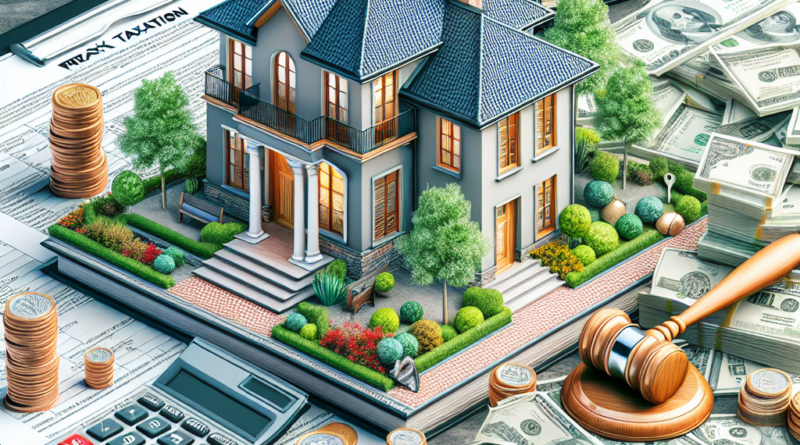Tax Hike on Second Homes: The Treasury Comes to Collect
The Second Home Tax Burden: A Hidden Cost for Property Owners
When acquiring a second home, many owners may not consider the implications of double taxation that could arise from the tax authorities demanding payment of both income tax (Irpef) and property tax (Imu).
Upon deciding to purchase a second property, it is crucial to understand that the associated taxes differ significantly from those applicable to the primary residence.
The costs associated with the purchase, which can be steeper, and the annual taxes that follow must be carefully evaluated.
A second home is, in most instances, seen as an investment opportunity.
Potential buyers must assess several factors, particularly the property’s location relative to their primary residence, as this could lead to the aforementioned double taxation.
Understanding the Taxes Linked to a Second Home Purchase
When purchasing a property other than the primary residence, one should be aware that it will not benefit from the same tax exemptions.
For instance, the cadastral and mortgage taxes each amount to €50, but the registration tax can be substantial.
While the registration tax for the primary residence is set at 2% of the cadastral value, it escalates to 9% for second properties.
These initial costs pale in comparison to the annual expenses, including the Imu, Tari, and potentially Irpef.
A Closer Look at IMU and Tari Taxes
The Imu (Municipal Property Tax) is applicable to all property owners, with the primary residence exempt unless classified as luxurious.
The tax amount is variable, depending on the local municipality, which can set rates between 8.6 to 10.6 per thousand of the cadastral revenue.
Notably, if a second home is rented to a first degree relative free of charge, the Imu base is halved.
Tari, which pertains to waste collection, is another significant tax.
Each municipality sets its own rates, and the fee is influenced by property size and occupancy levels.
It’s essential to note, however, that Tari is still applicable for vacant homes as they are presumed to generate waste, except in cases where properties are uninhabitable.
Double Taxation on Second Homes
Interestingly, even though Irpef is typically not owed on properties subject to Imu, a vacant property within the same municipality as the primary residence may incur Irpef liabilities.
This regulation aims to motivate property owners to rent out their second homes.
Specifically, if one owns a vacant second home in the same locale as their primary residence, Irpef is applicable alongside Imu.
This is dictated by legislation (Dl 147 of 2013) that states:
“income generated from unlet residential properties located within the same municipality as the primary residence, subject to IMU, will contribute to the Irpef taxable income base by 50%.”
Furthermore, under Dpr 917 of 1986, Irpef for such properties will be calculated on a reassessed cadastral revenue, increased by one-third, but reduced to 50% due to the aforementioned legislation.
Conclusion
In essence, owning a second home comes with various taxation hurdles that property owners should not underestimate.
Being aware of these financial liabilities can aid in better planning and investment strategies.
For more detailed insights, consider checking sources like [Tax Guide for Second Homes](https://example.com) and [IMU 2024 Updates](https://example.com).




